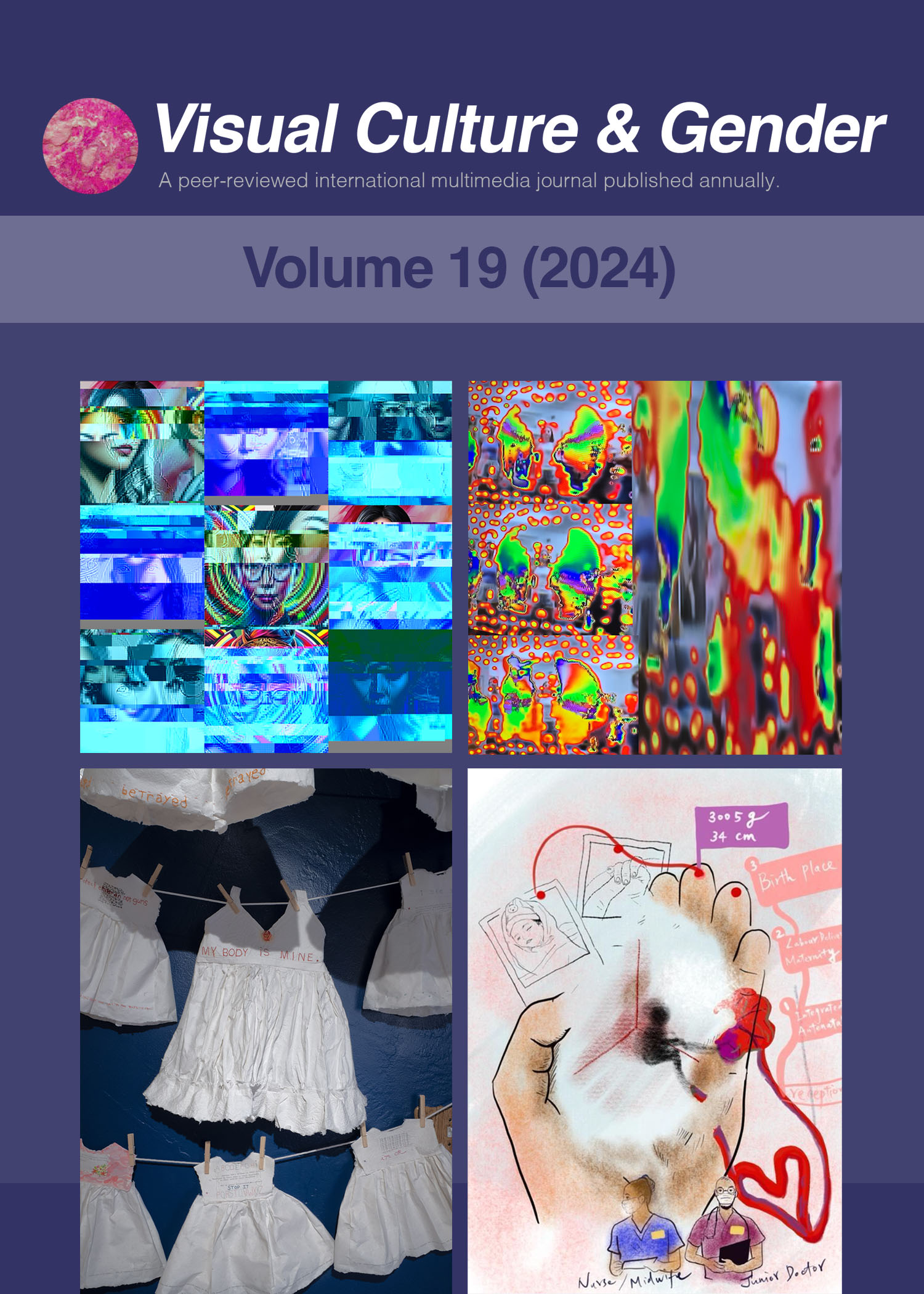The Only Person, Besides Judy Chicago: A Conversation with Nancy Youdelman
Keywords:
Womanhouse 1972, Wo/Manhouse 2022, Judy Chicago, Nancy Youdelman, Participatory Art Education Informed by Feminist Principles, content search, intersectionality, gender spectrumAbstract
Through a conversational interview with Nancy Youdelman, the only person besides Judy Chicago to officially participate in two of Judy Chicago’s “womanhouse” projects, Youdelman responds to the author’s questions about her roles, first as a student and then as a facilitator, as well as the pedagogical process that led to feminist content meaningful to the participants of the first and last womenhouse projects. The essay, formatted as a conversation, offers a close and personalized view of the feminist pedagogical process and thematic content that emerged in the original Womanhouse 1972 and Wo/Manhouse 2022. Analysis, within the conversation, contrasts and compares the original project and the 50-year anniversary of the first project to reveal the evolution and continuities in process and content. Lastly, although meanings and messages are inferred or directly stated at scattered points within the aggregate of the conversation sections, the conversation concludes with Nancy Youdelman’s summary of her insights on the overarching message/meaning conveyed by the two projects. The author concludes the essay with her analysis gained from the interview with Youdelman to further insights into Judy Chicago’s Participatory Art Pedagogy Informed by Feminist Principles.


